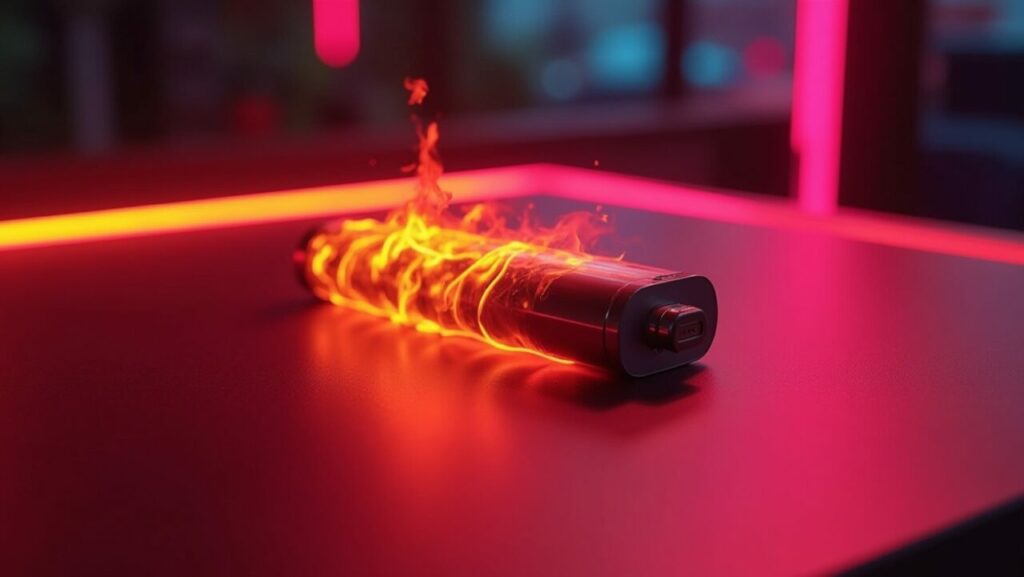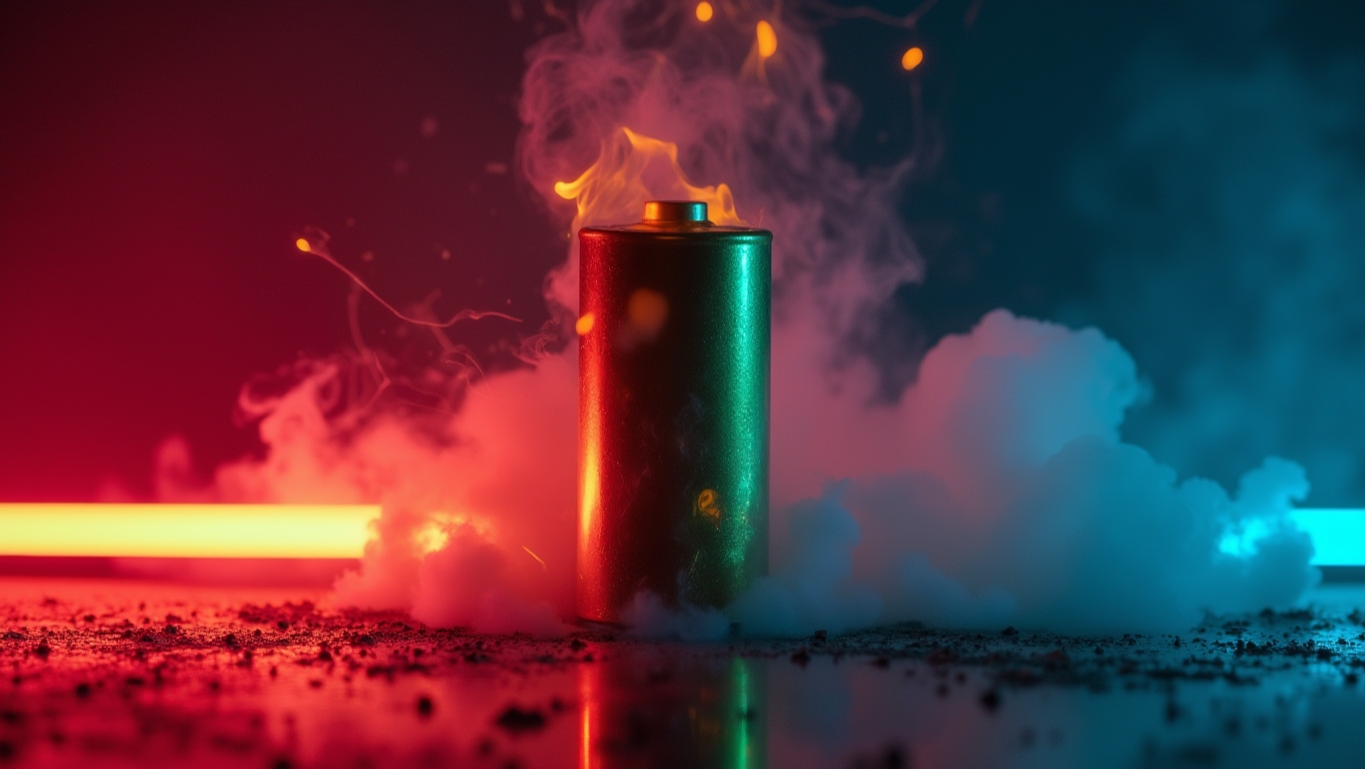The Daegu Gyeongbuk Institute of Science and Technology (DGIST) in South Korea has developed a new fire-resistant design to solve the fundamental problems of solid-state batteries. New lithium batteries will improve the safety and efficiency of batteries designed for use in electric vehicles and other energy storage systems. Details in our news…
Advantages and challenges of fire-resistant solid-state lithium batteries
As you know, solid-state batteries have 3-4 times more energy storage capacity than conventional lithium-ion batteries. However, technical problems encountered in the production of these batteries increase the risk of short circuits and fire due to dendrite formation. Dendrites cause lithium ions to grow into crystalline branches, damaging electrical connections inside the battery.

To solve these problems, DGIST researchers have developed a special three-layer design:
- Flame retardant layer: using decabromodiphenyl ether, which minimizes the risk of fire.
- Zeolite layer: Provides superior performance in ion exchange for safer energy transfer.
- High density lithium salt layer: Increases energy efficiency by accelerating the movement of charge carriers.
According to the tests, the new batteries were able to maintain 87.9% of their capacity after 1,000 charging cycles. Furthermore, the energy density exceeded 700 watt-hours/kg, providing sufficient performance for electric vehicles and other applications. That’s a huge improvement in both efficiency and safety. The full study is available here.
In short, we can safely say that new fire-resistant solid-state batteries can offer a safe and long-lasting energy storage solution, in addition to increasing energy density. What impact do you think such innovations will have on the energy sector? You can share your views in the comments section below…













